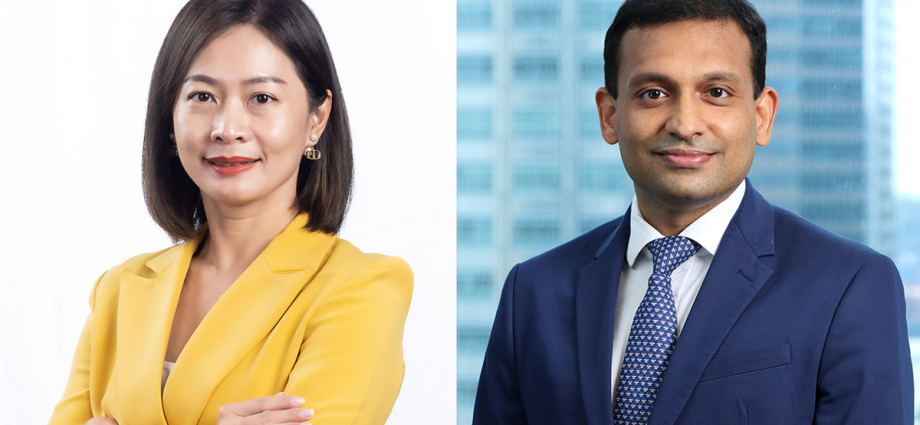Citi boosts Asia markets team with two hires from JP Morgan | FinanceAsia

Citi is adding to its Asia markets team with two appointments from JP Morgan who are both set to start at Citi in December.
Anand Goyal is set to join Citi’s FX team as head of FX institutional sales for Japan, Asia North & Australia and Asia South clusters. Based in Singapore, Goyal (pictured right) will report to Cécile Gambardella, head of sales for markets for Japan, Asia North and Australia clusters and Sam Hewson, global head of FX sales.
Goyal was previously head of macro FX (MacroX) and real money sales for Asia Pacific (Apac) at JP Morgan, where he began his career over 20 years ago, according to his LinkedIn profile.
In addition, Hooi Wan Ng will join Citi as head of markets for Malaysia. Ng (pictured left) will report to Sue Lee, head of markets for the Asia South cluster and Vikram Singh, Citi country officer and banking head for Malaysia. She was most recently head of local corporate sales and private side sales at JP Morgan, where she has served since 2011.
The upcoming move follows the appointment of Ngo Hong Minh as head of markets and country treasurer for Vietnam who joined Citi in December 2023 from JP Morgan.
Commenting on Goyal’s appointment, Hong Kong-based Gambardella said, “As Apac’s leading markets and FX franchise, we have opportunities for growth across our network. With his extensive experience and deep understanding of regional market trends, we are well positioned to further strengthen and grow our client relationships under Anand’s leadership.”
Commenting on Ng’s appointment, Singh said: “Malaysia is a key market for Citi globally, where we are seeing strong growth across our interconnected businesses. Malaysia is at the forefront of investments, both foreign and domestic, as it continues to benefit from supply chain shifts. I’m confident under Hooi Wan’s leadership Citi’s growth momentum will continue.”
Citi’s Q3 2024 results
Meanwhile, on October 15, Citigroup revealed that its net profit was $3.2 billion in the third quarter 2024, compared to net profit of $3.5 billion in Q3 2023.
The bank said this was driven by the higher cost of credit, which was partially offset by the higher revenues and the lower expenses.
Citigroup revenues of $20.3 billion in Q3, an increase of1%, on a reported basis. Excluding divestiture-related impacts, primarily consisting of the approximately $400 million gain from the sale of the Taiwan consumer banking business in the prior-year period, revenues were up 3%. This increase in revenues was driven by growth across all businesses.
For more FinanceAsia people moves click here.
¬ Haymarket Media Limited. All rights reserved.
















